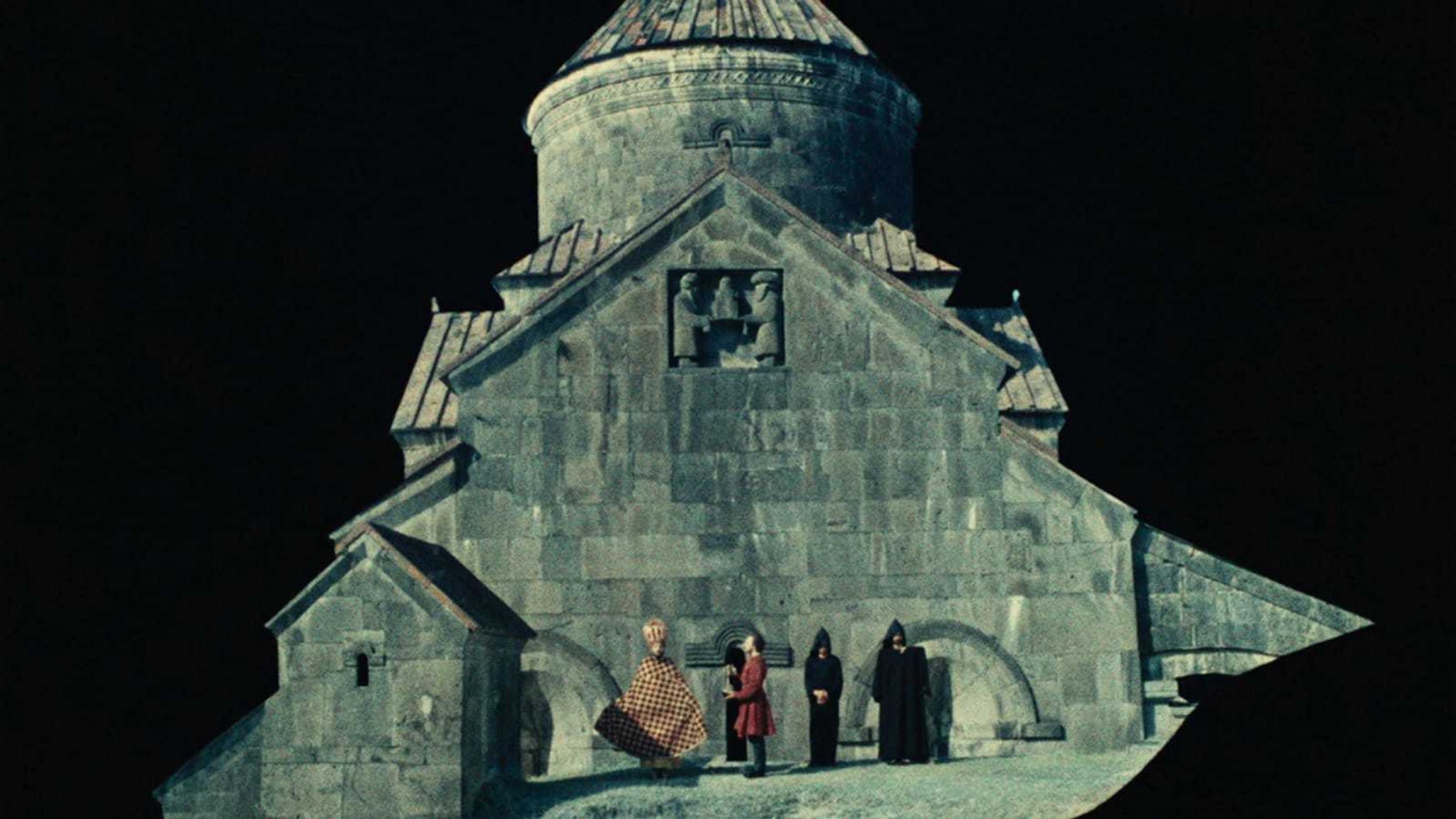
The Color of Pomegranates
More than half a century after its first screening, The Color of Pomegranates, about the life of the 18th-century Armenian poet and minstrel Sayat-Nova, remains a unique work of visual poetry. Although the term biographical film falls hopelessly short, this is nevertheless perhaps the ultimate biographical film. It's not a film that reduces a life to a series of facts and milestones, but captures it in a patchwork of impressions—in images, lines of poetry and music. And in fragments of folklore, history and religion, which combine to form the roots of an existence.
Sergei Parajanov (Jean-Luc Godard once described him as the “master of the temple” of cinema) captures these impressions in tableaux vivants inspired by traditional Armenian and Persian miniatures, which interweave abstract symbolism with a wealth of texture, movement and color. Books drying in the sun, wool dyed in the colors of the national flag, the “blood” flowing from a pomegranate.
Parajanov’s visual poetry failed to please the Soviet censors—they deemed it to be insufficiently “educational”—but it has enchanted generations of film lovers ever since its first release.
Stills







